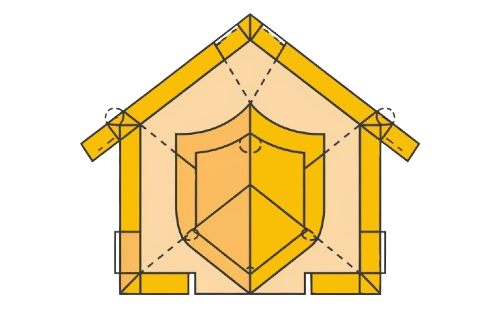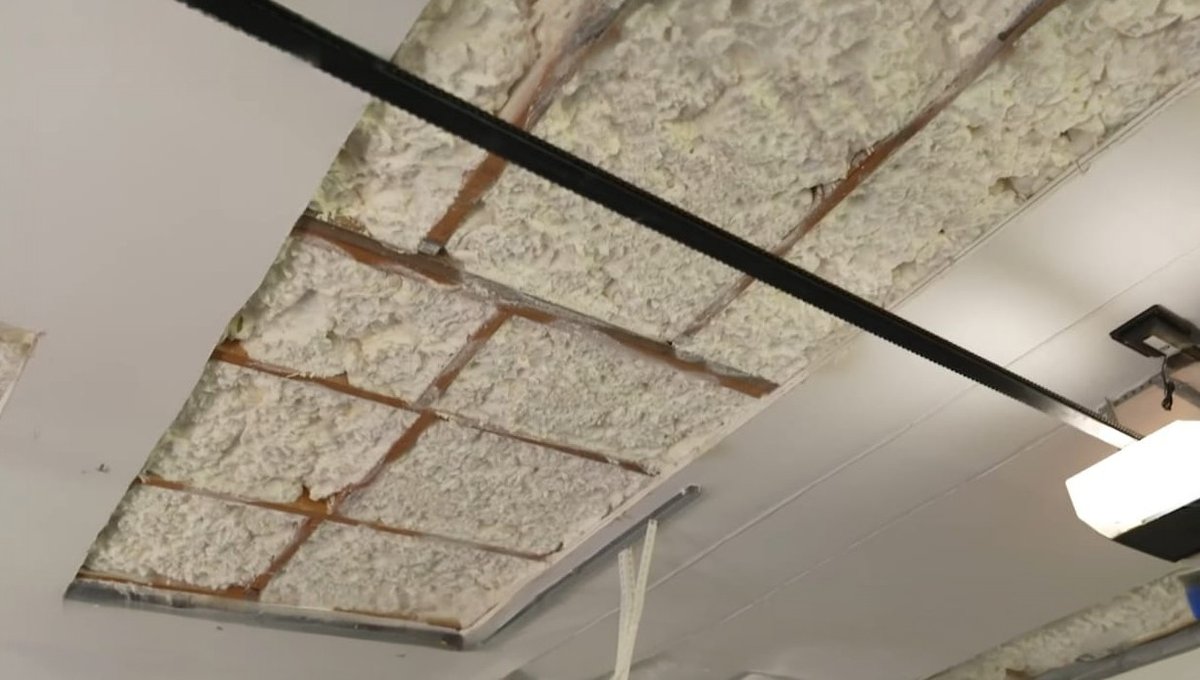Turning an above-garage room into a functional living space is a great way to expand your home without the need for costly renovations. Many homes feature this extra space, which is often used for various purposes like an office, guest room, or entertainment area. However, one crucial aspect that is often overlooked is insulation. Without proper insulation, the temperature extremes make it uncomfortable, leading to hotter summers and colder winters. Homeowners complain about high monthly electric bills and smells or noises that seep into the room. The drawbacks of not insulating are clear—without action, this bonus space may become useless.
The best way to stop dealing with extreme temperatures is to insulate the bonus room efficiently. Dealing with a hot or cold room can be challenging, and procrastinating will only make the problem worse. The most important step is to ensure the temperature stays consistent. Using the right insulation methods will help control heat loss and improve energy efficiency. Otherwise, this space will render itself uncomfortable, discouraging anyone from using it. Whether it’s for a child, a master bedroom, or a hobby area, it’s important to take action before this room comes back to haunt you.
Why Garage Insulation Matters
Many homeowners often leave their unheated garages uninsulated, thinking it’s fine since they don’t need to maintain the temperature in that space. However, when a bonus room sits above, insulation becomes necessary—even if you’re not heating the garage. The unconditioned air naturally rises, forcing your HVAC system to work twice as hard to cool or heat the room.
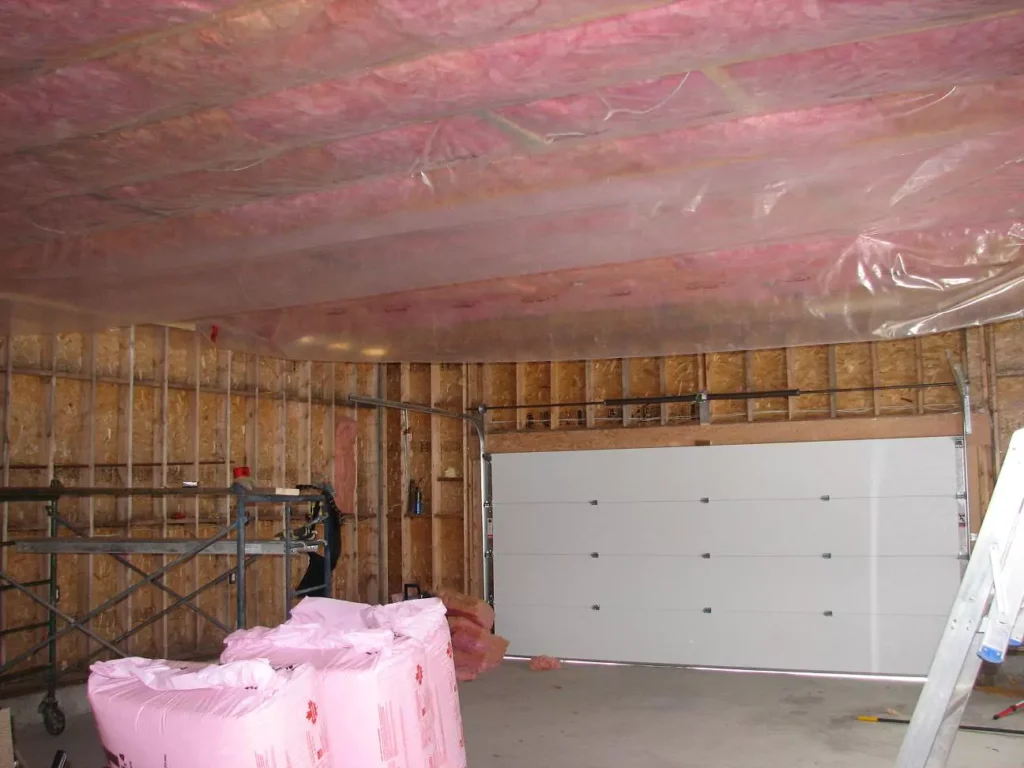
The first step to making this space comfortable is to insulate the garage properly. Homeowners typically use different types of insulation, including fiberglass, rigid foam, cellulose, or spray foam. Without proper insulation, the bonus room will struggle with temperature control, leading to higher energy costs and discomfort.
Upgrading Garage Ceiling Insulation
A bonus room above the garage can still feel overly hot in summer and cold in winter, even if the space is insulated. This happens because the ceiling insulation might need to be updated. Many building companies insulate ceilings using fiberglass batts, but this method can leave gaps where air passes through. These gaps reduce the insulation’s effectiveness, making it harder to control the room’s temperature. Experts recommend replacing the old batt insulation with spray foam instead, as it fills the entire ceiling, creating a strong air barrier.
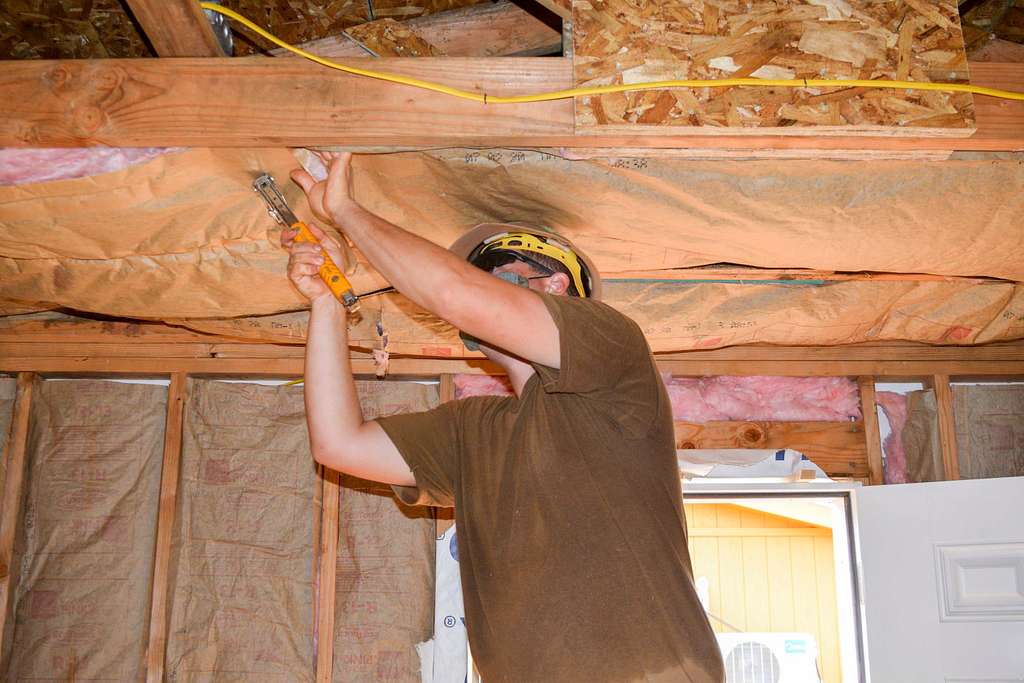
To make the biggest difference, it’s important to ensure all seals are in place. The attic hatches, hatch doors, and any openings inside the garage ceiling should be properly sealed to prevent airflow. If batts are missing, or the insulation has been blown into uneven piles, this can further impact temperature control. Taking out the old insulation and installing spray foam will help save costs in the long run by making the bonus room more energy-efficient.
Understanding an Above-Garage Room
An above-garage room is a bonus living space that is constructed directly over the garage. This type of room is typically found in two-story homes where the garage is attached to the main living area. Since it is situated on the second floor, it can serve various purposes, such as an extra bedroom, home office, playroom, gym, or entertainment space. Many homeowners looking to maximize their home’s footprint prefer this setup, as it makes use of an otherwise unused attic area and helps create additional functional rooms. It also increases the overall square footage of the property, offering great advantages for those needing more space.
Why Insulation and Ventilation Are Important
However, an above-garage room comes with unique considerations due to its location directly over the garage. This makes it susceptible to temperature fluctuations, as the garage beneath can be a source of cold air in winters and hot air in summers. This is why insulation, proper ventilation, and air sealing are crucial for maintaining a comfortable indoor environment. Effective insulation helps regulate temperature, prevent heat loss and gain through walls and ceilings, and is essential for energy efficiency. Additionally, sealing drafts and leaks prevents unwanted airflow, which impacts the room’s energy efficiency and comfort.
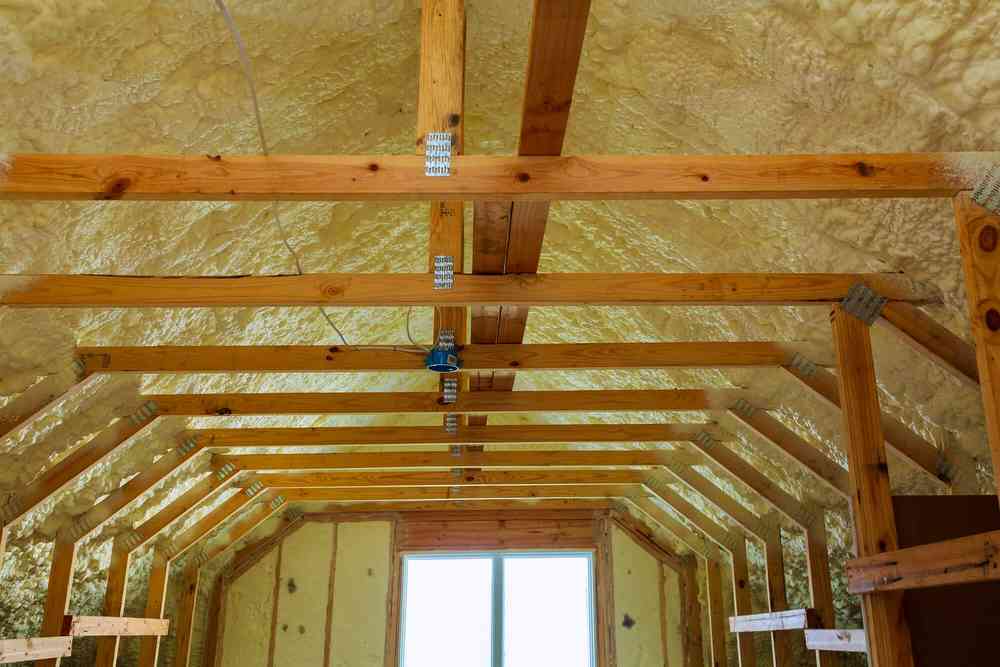
Designing for Long-Term Use
To ensure the room remains well-ventilated, it is important to prevent the buildup of excess heat and moisture. When designing this space, homeowners should also consider its purpose and intended use. If the room is used for extended periods, adding soundproofing measures may be necessary to minimize noise from the rest of the house. Proper insulation and ventilation will help turn this bonus space into a truly comfortable and efficient living area.
Best Way to Insulate a Bonus Room Over a Garage
The best way to insulate a finished room over a garage is by treating it just like any other house and focusing on the exterior walls, ceiling, attic, and floor. To insulate effectively, fiberglass batts, blown-in cellulose, injection foam, and spray foam are great options depending on your needs. For above-garage rooms, experts recommend selecting insulation based on energy efficiency and climate conditions. A general guide is to use spray foam for air sealing, fiberglass batts for affordability, and injection foam for long-term performance. Proper insulation will help maintain comfort and reduce energy loss.
Assessing the Existing Conditions
Before starting the insulation process, it is essential to begin by assessing the existing conditions of the above-garage room. This means checking the current state of insulation and identifying air leaks that could impact energy efficiency. Understanding the type of construction used in the walls and roof will help in creating an initial evaluation and forming a solid strategy to insulate the space efficiently.
Choosing the Right Insulation Material
When choosing the right insulation material, it is crucial to select an option that delivers the desired results. Several options are available, including fiberglass batts, spray foam, blown-in cellulose, and rigid foam boards. Each comes with its own pros and cons, so homeowners should consider factors like R-value, cost, and ease of installation before making an informed decision. Proper insulation will help maintain a comfortable environment while improving energy efficiency.
Cathedral Ceiling or Attic Insulation
If your attic or ceiling insulation is not properly installed, you may notice ice dams forming on the roof above your bedroom during winter and find it impossible to keep cool in the summer. There is little to no way for the room over the garage to stay at a stable temperature without the right insulation. The best approach will differ depending on whether the space has an actual attic or a cathedral ceiling. If you plan to remodel or update the insulation, fiberglass batts can be added, or spray foam can be applied. If the batt insulation is already up there, it may need to be removed and replaced, with new material being stapled in place.
Another option is using loose-fill cellulose or blown-in insulation, which can be installed in the floor cavities of the attic. This type of material must be maintained since it is known to drift from one side to the other due to air movement. For a more effective solution, spray foam can be cut and sprayed directly into the cavities, ensuring a strong air barrier. Proper sealing is a critical step to maximize efficiency, and methods such as caulking and weatherstripping can help close gaps and cracks around windows, doors, and walls. Additionally, paying special attention to fixtures and recessed lighting will help avoid fire hazards while ensuring full insulation coverage.
Exterior Wall Insulation
If your bonus room feels uncomfortable, you may find that the walls have nothing contributing to insulation. Drafts coming through outlets, windows, and vents force the AC unit or furnace to work overtime, making the temperature difference even worse. The room can become 10 or more degrees hotter or colder than the rest of the home, leading to pretty big energy bills. To solve this, insulating the exterior walls is essential to maintain a comfortable indoor space.
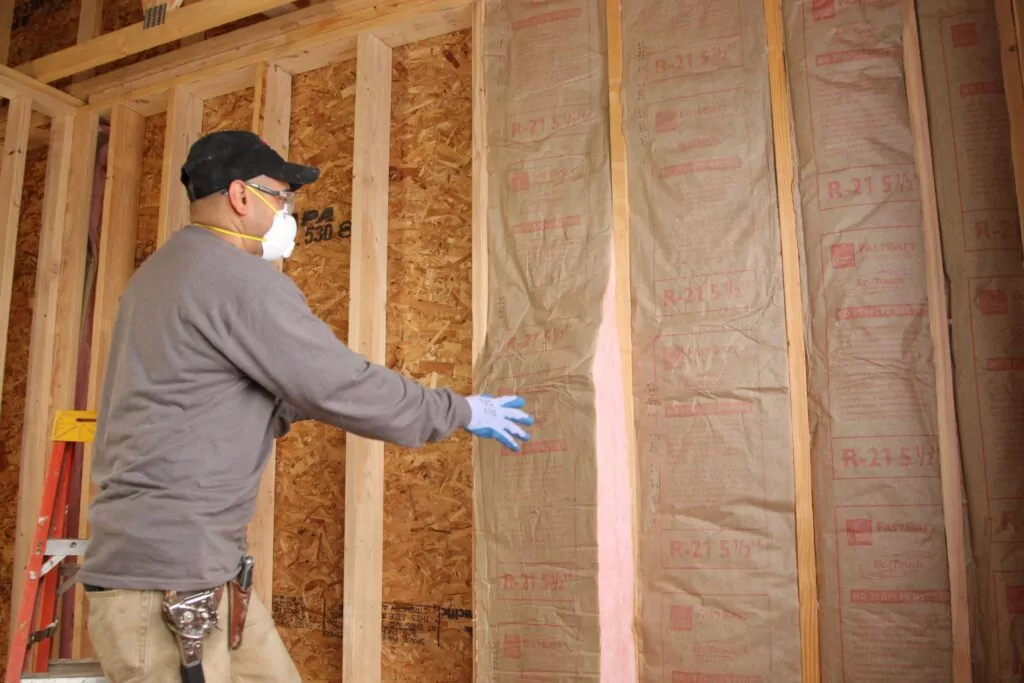
There are several options to insulate the above-garage walls, including injection foam and blown-in cellulose, both of which are installed similarly by drilling holes into the wall studs from the outside. These materials completely fill the cavity, creating an air seal that helps reduce heat loss and gain. While spray foam and fiberglass batts are also excellent choices, it’s important to consider the area’s climate—if you live in a place with sweltering summers or freezing winters, investing in high-quality insulation will pay off.
To ensure full insulation coverage, the goal is to block all potential paths of heat transfer. This can be done by overlapping batts, snugly fitting insulation from top to bottom, and sealing small sections, nooks, and crannies around doors and vents. A continuous vapor barrier layer should also be installed to protect against moisture problems. Taking the time to do this thoroughly will save money on monthly energy bills and improve the room’s long-term comfort.
Insulating the Floor Over an Unheated Garage
When insulating the floor of a bonus room, many people forget how important this area is. This spot can cause trouble due to extreme temperatures, especially when the garage below is not heated or air-conditioned. This means that whatever the temperature is in the garage, it will affect the room above. Smells and noise from below can also permeate the floor, making the room uncomfortable. To solve this, homeowners should consider adding insulation to enhance comfort and prevent cold air from seeping through, especially during colder months.
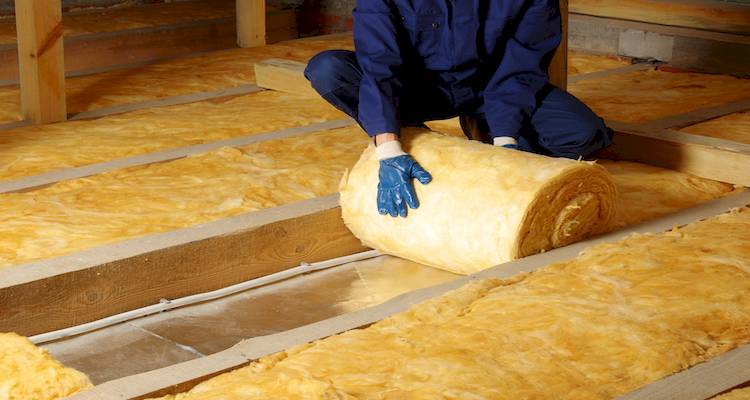
The best insulation options for the ceiling of the garage include spray foam, fiberglass batts, and rigid boards. Fiberglass batts need to be cut to fit cavities perfectly, while spray foam is known for its sound-dampening qualities and ability to regulate temperature. Rigid boards can be applied to the underside of the floor, offering thermal resistance similar to other materials. Since floor insulation is generally thinner, it costs less to install but still provides almost the same level of protection.
The floor structure consists of three layers: the finished top layer, the structural bottom layer, and the middle underlayment that serves as insulation. This underlayment is a different material that is installed beneath the flooring and helps create a smoother surface, fixing unevenness while also offering soundproofing and moisture protection. Some excellent products include polyurethane and silicone-based materials, which offer good insulation values and improve the underfoot feeling.
Ventilation and Moisture Control
Proper ventilation and moisture control are essential for maintaining a comfortable living space in above-garage rooms. Installing roof vents or a ridge vent helps allow hot air to escape during summers, preventing heat buildup that can make the room uncomfortable. Additionally, homeowners should consider using a dehumidifier to regulate moisture levels and prevent mold growth, ensuring a healthier indoor environment.
Check Building Codes and Permits
Before starting an insulation project, homeowners should check local building codes and permits to ensure compliance with specific regulations in their area. Some places require specific insulation standards or types of work to be approved for safety reasons. Following these rules not only helps prevent potential issues but also ensures a smooth process when selling the property in the future.
Choosing the Right Insulation
When choosing the right insulation for an above-garage room, it is crucial to focus on energy efficiency, comfort, and protection against temperature fluctuations. This space is more exposed to extreme temperatures, so selecting the best insulation can help maintain a stable indoor climate. There are several factors to consider before making a decision, including the type of insulation, installation process, and long-term benefits. Following the right steps will not only improve comfort but also reduce energy bills.
Understand the Insulation Types
To understand the best insulation for an above-garage room, it’s important to familiarize yourself with the types available in the market. Some of the most common options include fiberglass batts, spray foam, blown-in cellulose, and rigid boards. Each has its pros and cons, so choosing the right one depends on the room’s needs and climate conditions.
Fiberglass Batts Insulation
Fiberglass batts are a popular insulation type due to their affordability and ease of installation. These flexible, pre-cut panels are made of glass fibers and can be easily installed between wall studs, ceiling joists, and floors. Available in rolls and blankets, this insulation option is great for DIY projects, allowing homeowners to save on installation costs. While fiberglass batts provide excellent thermal resistance, they may not be as effective in blocking air movement as other materials.
Rigid Foam Insulation
Rigid foam insulation is an excellent choice for planning to convert a garage into a full-time living space. This type of insulation blocks heat transfer through structural elements like wood and steel studs, making it perfect for converted garages. The stiff panels made of polyurethane can be cut to size and installed on walls, ceilings, and floors. This insulation type provides excellent thermal performance, ensuring a well-insulated and energy-efficient space.
Blown-In Cellulose Insulation
For homeowners looking for an eco-friendly option, blown-in cellulose insulation is a popular choice. Made from recycled newspaper treated with fire retardant, this loose-fill insulation conforms to spaces between ceiling joists and beams. It is commonly used in attics and wall cavities, requiring special equipment and a blowing machine for installation. Those with an unfinished garage may find blown-in cellulose to be the best option for effectively insulating hard-to-reach spaces.
Spray Foam Insulation
For those seeking the best insulation type, spray foam insulation provides the highest thermal resistance values. This insulating material creates a solid barrier, blocking air and moisture gaps. It is highly effective for unheated garages, making it a great choice for converting the space into a home office or guest room. However, the cost of spray foam insulation ranges from $1.50 to $4.90 per square foot, making it a more expensive option. Despite the higher cost, its long-term energy savings and ability to seal all crevices make it a worthwhile investment.
Regardless of the insulation material chosen, it is important to pay attention to air sealing and ventilation to maximize benefits. Proper insulation helps create a cozy living space by keeping the bonus room comfortable while reducing energy bills. Ensuring a well-protected external barrier will also prevent odors and moisture from the garage, making the space more livable.
Final Thoughts
Insulating a room above the garage may seem like a hassle, as it will likely need drywall and flooring removal, but it can save money in the long run. An uninsulated bonus room is a huge waste, making it uncomfortable and preventing homeowners from maximizing their investment in construction. Without proper insulation, the room guzzles energy by absorbing warm and cold air from outside, which forces the HVAC system to work twice as hard to maintain a stable temperature. Investing in the right insulation will improve comfort, reduce energy costs, and make the space truly functional.
FAQ
What Is the Best Insulation for a Bonus Room Above a Garage?
Spray foam insulation is the best choice because it creates an air seal, keeping treated air from escaping through the ceiling. If your bonus room has an attic, you have different options. You can opt for fiberglass batts, cellulose loose-fill, or blown-in insulation. Each application method has its benefits, but spray foam provides the most effective insulation for long-term energy savings.
How Do You Insulate a Cold Room Above a Garage?
Insulate the Garage Ceiling: Adding insulation between the joists helps prevent heat loss from the room above. Spray foam or fiberglass batt insulation are good choices for sealing gaps and improving energy efficiency. Insulate the Walls and Doors: Properly insulating the walls will help maintain a comfortable temperature. Installing an insulated garage door can also minimize heat loss.
How Do I Heat My Bonus Room Above My Garage?
The best way to heat a bonus room above the garage is by using a ductless mini-split. It provides the power of a furnace while offering zoning control like baseboard heating. A mini-split is more effective and costs less to run than other heating options, making it a smart choice for keeping the room warm and energy-efficient.
How Much Does It Cost to Finish a Bonus Room Over a Garage?
The approximate cost of finishing a bonus room over a garage is $35 per square foot. This amount is calculated based on standard costs for different finishing pieces, including insulation, flooring, and wiring. Proper budgeting ensures you get the best results without overspending.
